I DEDICATE
 THIS BOOK
THIS BOOK 
TO THE WOMEN IN MY LIFE
First and foremost, my grandmother, Mara Dora Germain, or Dorita as she was affectionately known, who taught me love through cooking and whose care and dedication continue to shape the woman I am today; my mom, Beatriz Germain Caminos, or Poupe as everyone knew her, my good luck charm who had the grace of making every person she loved feel as if they were her favorite (Im pretty sure it was me!); my sisters, Vernica, Corina and Barbara, my best friends; and my daughter, Poupe. These women give me the might to move forward every day.
FOREWORD
THE SPECIAL INGREDIENT
IAN KNAUER
T HERE IS MAGIC INSIDE those jars that our mothers and grandmothers have filled and sealed. It is an ingredient that they give to us, and once we have it, there is no taking it away. If you are lucky enough to have had someone who has handed you such a jar, then you have that magic in you, too. It really doesnt matter what else was in the jar, or where she made it, or where in the world she was from.
My grandmother sweetened summers ripest peaches with honey from my grandfathers hives and placed them in jars that seemed to glow with sunshine. Then she fed them to me. There is a moment, every summer, when I crack open my own jars of honey-sweetened peaches. I take a moment and breathe them in. I am reminded of the best parts of life and family and food. All of that from a jar of peaches.
Life has a way of getting away. Work is overwhelming. Family is chaotic. Love is confusing. And its easy to forget, day to day, about the magic of lifethe things and people and moments we want to remember. But its in those jars. And if you were given that magic, it will be waiting for you when youre ready to open one.
Josephines story of jars is all her own, yet it is familiar to me and to so many of us. Her Argentine grandmother stewed milk and sugar into a sticky, sweet milk jam and fed it to her family in jars and cakes and coffee. For her, those best parts of life come from a jar of dulce de leche. Imagine: a jar filled with caramelized milk and sugarand magic.
This book will make you hungry, sure. And it will inspire you to cook. But there are lessons in these pages. There is patience, as Josephine and her husband, Gastn, had to learn how to sit quietly with the cooking milk. There is the intuition required to feel and know how to create the dulce de leche. There is practiced faith in its eventual outcome. Finally, there is the lesson of magic, and the recognition that this gift can and should be handed down to those we love.
 IAN KNAUER
IAN KNAUER 
Host of The Farm on PBS, cookbook author and co-owner of The Farm Cooking School in Stockton, New Jersey
INTRODUCCIN
THE SWEET SOUL OF DULCE DE LECHE
N O MATTER WHERE you come from or what language you speak, there will always be one food, more than any other, that you claim as your own. It is a part of your life, the flavor of comfort, and one taste of it represents home.
Without question, the humble boiled milk and sugar jam known as dulce de leche (duel-say day lay-chay) is just such a cultural phenomenon in Argentina. There, a bowlful of the creamy, gently sweet preserve sits on every breakfast table, and is stocked in every households kitchen pantry. It is served in cafs in the morning, as well as for afternoon tea and all manner of desserts throughout the day. Commercial baby food is almost unheard of; instead, Argentine infants eat pured fruits and vegetables sweetened with dulce de leche.
It even has earned a dedicated aisle in grocery stores, where every variety can be foundfrom the tradicional or clsico, the del campo (from the countryside), the estilo colonial or criollo (Spanish or Creole-style), the con miel (with honey) and the para tortas y postres or repostero (for cakes and desserts) to chocolate, and the heladero, used exclusively for making ice cream. And naturally, every region in Argentina claims to produce the best version.
Dulce de leche is so popular that on March 24, 2003, Argentinas Secretary of Culture issued a formal proclamation declaring dulce de leche part of the Patrimonio Cultural Alimentario y Gastronmico Argentino. This was Argentinas attempt to declare it a proprietary product, similar to Frances rights over the Champagne valley, but Im not sure that its neighborsUruguay, Chile, Paraguay and Brazilwould agree.
Dulce de leches popularity also extends into Ecuador, Bolivia, Per, Nicaragua, Costa Rica, Panam, the Dominican Republic, Cuba, Puerto Rico and beyond. It is known as doce de leite in Brazil, manjar blanco in Per, simply manjar in Chile, arequipe in Guatemala, Colombia and Venezuela, fanguito in Cuba and cajeta in Mxico. The French preparation, confiture de lait, is very similar to the spreadable forms of dulce de leche.
Argentines actually claim the birthright to dulce de leche, as they link its beginnings to the nineteenth-century Argentine caudillo (political leader) Juan Manuel de Rosas. As the story goes, on a winter afternoon at the Rosas house, their maid was making some lechadaa drink of milk and sugar thats boiled until it begins to caramelizewhen she was distracted and left it unattended on the stove. By the time she returned, the lechada was burnt and had turned into a creamy golden-brown jam, which turned out to be a fortuitous and delectable mistake.
Over the centuries, traditional dulce de leche has never strayed from its modest beginning. Simplicity at its best, the classic recipe calls for slowly cooking fresh milk with sugar in a process similar to that of preserving fruits or making apple butter, except that raw milk does not require pectin to create a velvety texture. In the United States, the flavor, and indeed the dulce de leche itself, is often inaccurately described as mere caramel or relegated to an epicurean coffee-shop flavor. This is probably due to the FDA requirement that milk caramel appear on every label, because milk jam is somewhat ambiguous and not recognized in American food culture.
The truth is that dulce de leche has little in common with caramel, other than sharing that enticing golden color. In fact, dulce de leche is a spreadable preserve that does not contain butter or cream and often has much less sugar than almost every commercial caramel lists on its label. In fact, it often has less sugar than most of the fruit jams and jellies Americans put in their shopping carts each week.


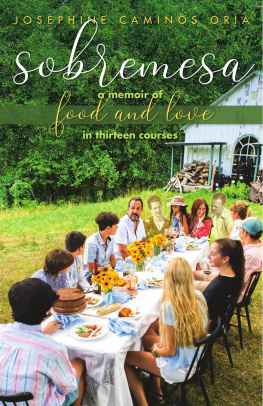
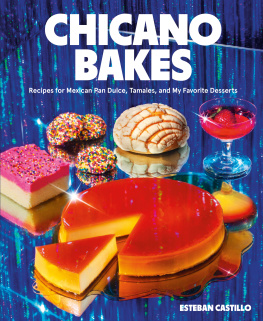
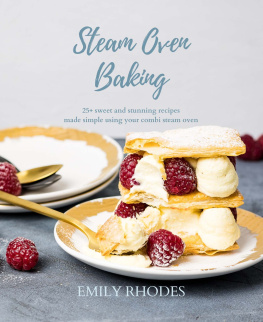
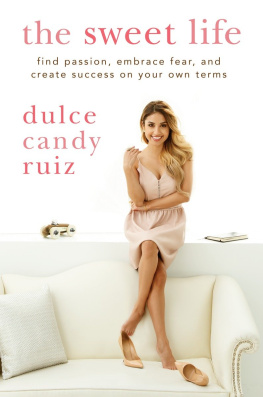
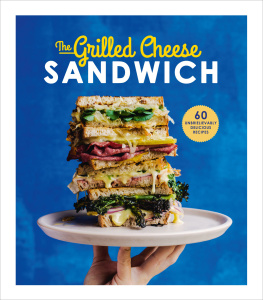
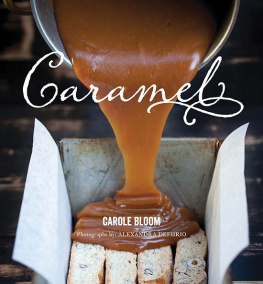


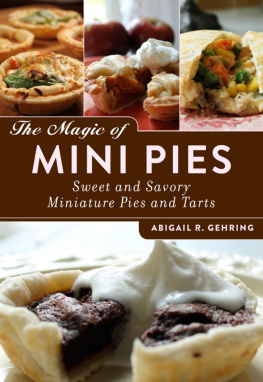
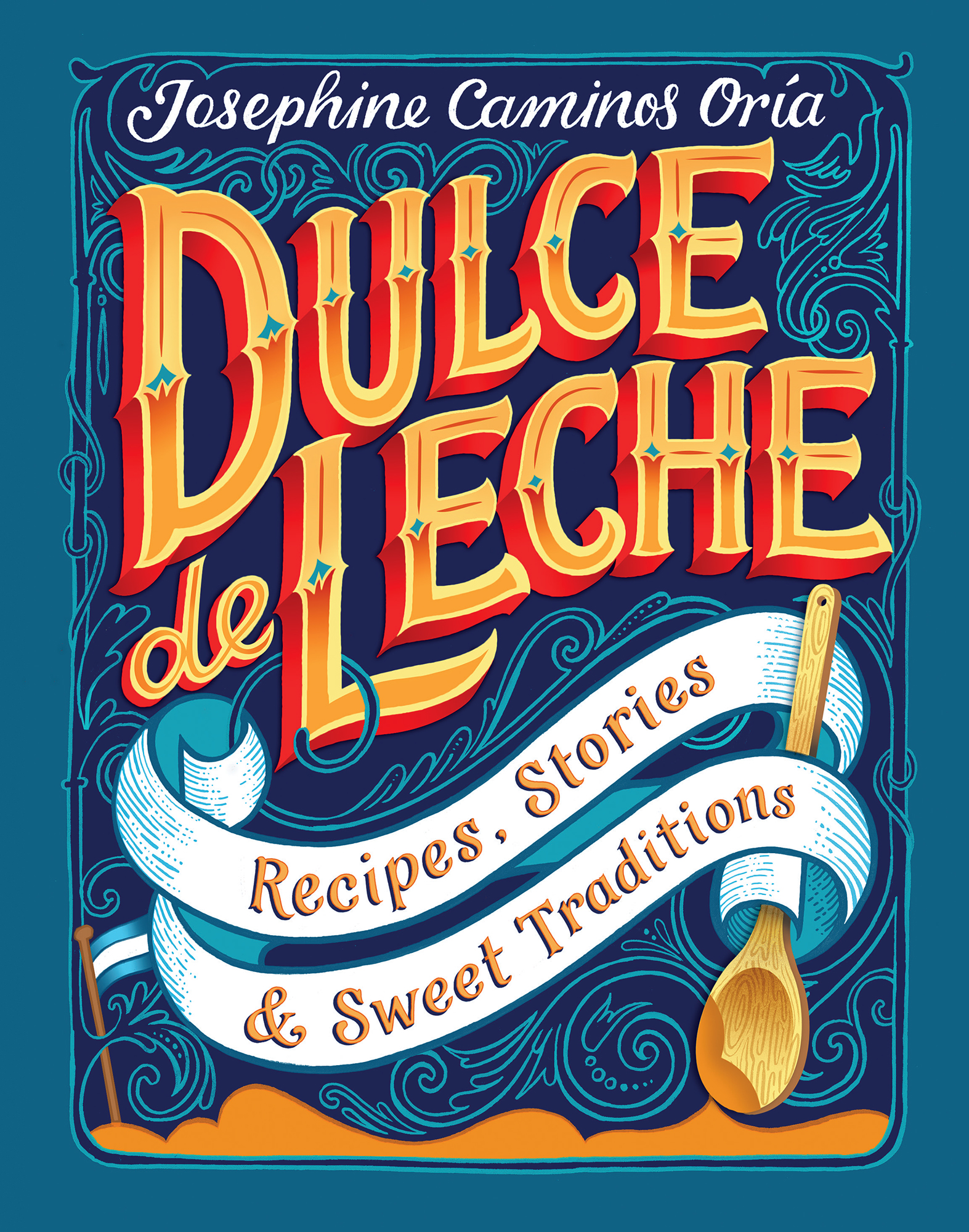



 THIS BOOK
THIS BOOK 
 IAN KNAUER
IAN KNAUER 
